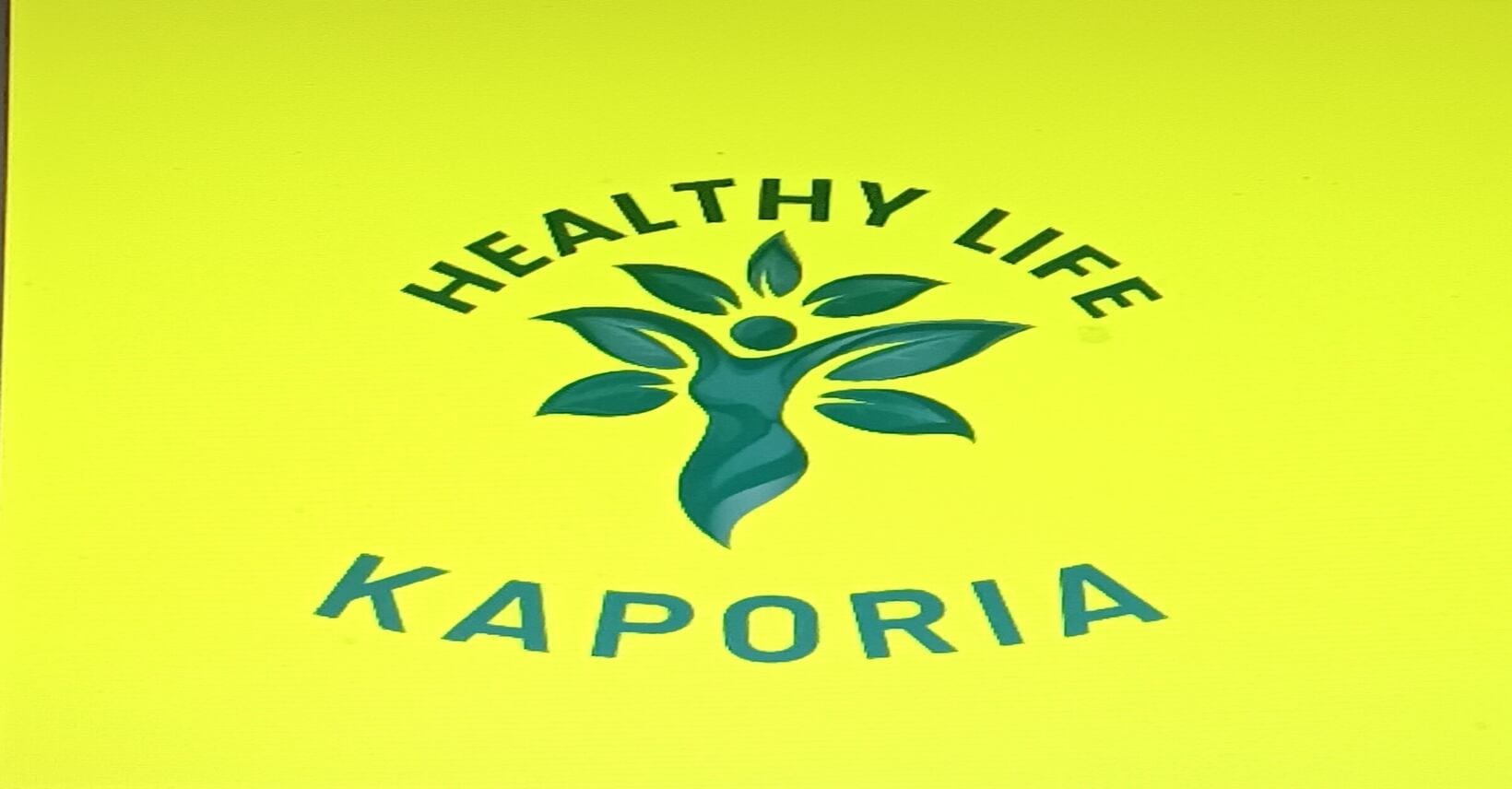[ad_1]
Despair is a significant well being situation throughout being pregnant. Postnatal melancholy, outlined as melancholy occurring as much as a yr after giving start, is slowly gaining extra consideration. Nonetheless, certainly one of its most necessary danger elements – melancholy throughout being pregnant (“antenatal melancholy”) – is commonly neglected and left untreated (Leigh & Milgrom, 2008; Míguez & Vázquez, 2021).
Antenatal melancholy impacts a minimum of one in ten pregnant ladies, and about one in 5 expertise clinically important depressive signs (Girchenko et al., 2025; Woody et al., 2017; Yin et al., 2021; Molyneux, 2017). It has been linked to start issues, corresponding to untimely supply and low start weight (Jarde et al., 2016) and with poorer offspring neuropsychological improvement (Rogers et al., 2020).
Antenatal melancholy is as frequent as different pregnancy-related well being circumstances sometimes screened for by clinicians, corresponding to being pregnant induced (“gestational”) diabetes, or hypertension (“hypertensive problems of being pregnant”), each of that are identified to extend the danger of medical issues for mom and youngster throughout being pregnant, start, and after supply (Sweeting et al., 2024; Webster et al., 2019). It’s thus important that related medical consideration is paid to antenatal melancholy.
Metabolomic analysis in psychiatry
Regardless of growing proof for the affiliation between antenatal melancholy and unfavourable postnatal outcomes, the underlying organic mechanisms stay poorly understood.
Metabolomic analysis in psychiatry tries to grasp psychological well being issues by taking a look at molecules circulating by means of our our bodies, particularly these concerned in metabolism (Shih, 2019). With this methodology, researchers hope to find biomarkers that permit for higher detection and therapy of particular psychological well being issues.
Whereas a number of research have investigated metabolic adjustments in people with melancholy, Girchenko et al.’s is the primary massive scale examine to analyze such adjustments in pregnant ladies. The feminine physique is understood to endure important metabolic adjustments throughout being pregnant and the authors hypothesised that antental melancholy could also be linked to extra metabolic adjustments that designate associations with start outcomes and youngster improvement.

Antenatal melancholy is frequent and is understood to extend the danger of medical issues for mom and youngster throughout being pregnant, start, and after supply.
Strategies
This Finnish examine included pregnant ladies from the Prediction and Prevention of Preeclampsia and Intrauterine Progress Restriction (PREDO) cohort (n=331) and the InTraUterine sampling in early being pregnant (ITU) cohort (n= 416). Measures have been collected on:
- Maternal Antenatal Despair utilizing well being care information and the Heart for Epidemiological Research Despair Scale.
- Maternal Metabolites: 95 metabolic measures have been derived at three timepoints.
- Beginning Outcomes: Baby gestational age (i.e., the being pregnant week they have been born) and start weight have been extracted from medical information.
- Baby Neurodevelopment and Psychological Well being utilizing the Ages and Levels Questionnaire (ASQ), behavioural diagnoses (PREDO solely), and extra neurodevelopmental assessments (ITU solely).
A penalised elastic web regression was used to determine metabolic measures related to antenatal melancholy. These have been then used to foretell the presence or absence of antenatal melancholy.
Two nested logistic regression fashions in contrast the power of the chosen metabolites to foretell antenatal melancholy over its danger elements. The power of the chosen metabolites to foretell start, neurodevelopmental and youngster psychological well being outcomes over antenatal melancholy was assessed.
All analytical steps utilizing the recognized metabolic measures have been replicated within the second cohort and fashions have been adjusted for youngster intercourse and age of behavioural outcomes.
Outcomes
Metabolic Measures related to antenatal melancholy
Fifteen metabolic measures have been linked to antenatal melancholy, together with a number of amino acids (e.g., alanine, glutamine), fatty acids (e.g., ratio of polyunsaturated fatty acids to complete fatty acids), and inflammatory markers (i.e., glycoprotein acetylation). These 15 metabolic measures defined 25.0% (p<.0001) of the variance in antenatal melancholy, suggesting they may partially clarify organic pathways related to antenatal melancholy.
Metabolic predictions of antenatal melancholy, start outcomes, kids’s neurodevelopment and psychological well being
Threat elements for antenatal melancholy corresponding to physique mass index earlier than being pregnant, gestational diabetes, and maternal age, have been in a position to clarify 12.6% (p=.004) of the variance in antenatal melancholy. When the 15 metabolic measures have been added, the defined variance elevated to 32.3% (p<.0001). This means that these metabolic measures asserted a big extra impact on antenatal melancholy, in comparison with different danger elements alone.
Within the prediction of start outcomes, antenatal melancholy and youngster intercourse defined 0.7% (p=.34) of variance in youngster gestational age and 0.7% of variance in start weight. By way of the addition of the metabolic markers, the quantity of defined variance elevated to 18.5% (p<.0001) for youngster gestational age and to 9.0% (p=0.03) for start weight. This means that the metabolic measures asserted an extra affect on start outcomes, past the results of antenatal melancholy. The measures could thus replicate metabolic alterations that predispose ladies each to antenatal melancholy and to adversarial start outcomes.
Within the prediction of neuropsychological outcomes, antenatal melancholy, youngster intercourse and youngster age at testing defined 11.6% (p<.0001) of the variance within the developmental milestones questionnaire (ASQ) outcomes and
[antenatal depression], youngster intercourse and youngster age at first analysis defined 5.0% (p=.11) of the variance in any youngster psychological or behavioural dysfunction.
The addition of the 15 metabolic measures elevated the quantity of defined variance within the ASQ rating to 21.0% (p=.002) and in any psychological or behavioural dysfunction to 25.2% (p=.03). This means that the identical metabolic alterations in pregnant ladies which can be linked to antenatal melancholy and unfavourable start outcomes, could predispose their offspring to impaired neurodevelopment and psychological well being issues.

The identical metabolic alterations in pregnant ladies which can be linked to antenatal melancholy and unfavourable start outcomes, could predispose their offspring to impaired neurodevelopment and psychological well being issues.
Conclusions
The authors concluded that antenatal melancholy is related to altered concentrations of sure metabolites, corresponding to amino acids, fatty acids, glucose, lipids, and inflammatory proteins. These metabolic measures predicted antenatal melancholy higher than different identified danger elements on their very own. Additionally they improved the prediction of start outcomes, youngster neurodevelopment and offspring psychological well being over antenatal melancholy. The authors said that:
these metabolic measures could turn into biomarkers that may very well be used to determine at-risk moms and their kids for focused interventions.

The authors recommend that “metabolic measures could turn into biomarkers that may very well be used to determine at-risk moms and their kids for focused interventions”.
Strengths and limitations
Girchenko et al. (2025) have printed the largest and most complete examine so far on metabolomic pathways to antenatal melancholy, start outcomes and offspring improvement. It’s laudable that the evaluation of metabolic markers and of antenatal melancholy occurred at a number of factors of being pregnant. It’s also spectacular that the kids’s neurodevelopmental outcomes have been adopted as much as 16 years. When it comes to statistical design, the penalised elastic web regression method prevented overfitting the metabolic measures to antenatal melancholy in the principle pattern. The replication of the prediction fashions in a second cohort provides to the validity of the findings.
It might have been very attention-grabbing to embrace assessments of maternal psychological well being after supply as an consequence, since ladies are notably susceptible to the event of psychological well being issues within the postpartum interval. This vulnerability arises at a second the place new moms now not obtain the medical consideration they skilled throughout being pregnant. Higher prediction instruments for postpartum psychological well being circumstances are thus wanted, ideally from antenatal measures, so that girls can already be recognized and supported throughout being pregnant. Moreover, postpartum psychological well being issues have been linked to behavioural issues in kids and may thus have been included as a danger issue within the regression mannequin.
Furthermore, it could have been attention-grabbing to embrace additional danger elements for antenatal melancholy, corresponding to social help, current tense dwell occasions, migration, whether or not the being pregnant was deliberate and whether or not conception occurred with the assistance of synthetic reproductive applied sciences. It additionally would have been good to incorporate info on maternal comorbidities aside from gestational diabetes and hypertensive problems of being pregnant, since well being circumstances might be linked to variations in metabolic measures.
It stays unclear from the examine whether or not the hyperlink between antenatal melancholy and metabolic alterations is certainly one of causation or correlation. Longitudinal information together with metabolic measures and psychological well being assessments earlier than and through pregnancies could be helpful to deduce whether or not metabolic alterations precede antenatal melancholy or vice versa.
Moreover, the statistical evaluation of the examine didn’t examine particular interplay results between particular person danger elements and metabolic markers. Such analyses might decide whether or not the affect of metabolic markers on antenatal melancholy is unbiased from different identified danger elements.

That is the biggest and most complete examine so far on metabolomic pathways to antenatal melancholy, start outcomes and offspring improvement, however additional work is required to find out causality.
Implications for follow
The current paper opens attention-grabbing views on shared metabolic pathways and potential biomarkers for antenatal melancholy, start outcomes and adversarial neuropsychological youngster improvement. Earlier than such biomarkers might be carried out into medical follow, extra analysis is required to find out the exact function of metabolic alterations in predicting particular dangers at particular time factors.
My medical expertise has taught me that biomarkers predicting being pregnant, start, and youngster outcomes have to be dependable and particular to information additional monitoring and therapy selections. A very profitable instance for such a blood-based measure is the non-invasive-prenatal take a look at (NIPT) which checks for foetal chromosomal abnormalities and has a 99% detection charge for trisomy-21 (Down-Syndrome), making it superior to all different medical screening instruments for this consequence (Gil et al., 2015). One other instance is the sFlt-1/PIGF ratio, a blood marker that predicts whether or not ladies with medical danger elements for the being pregnant complication pre-eclampsia, have a really excessive or low danger of growing it at particular factors of being pregnant (Stepan et al., 2023). I’ve drawn on these examples as an example that, with additional analysis and validation, metabolic biomarkers might complement present screening instruments and improve danger evaluation.
In the meantime, the rising proof on shared organic connections between maternal psychological well being, being pregnant and youngster outcomes must be used to coach well being care professionals concerned within the care of girls and kids, notably obstetricians and midwives. It will be important that maternal well being companies implement routine screening practices for antenatal melancholy in order that psychological well being professionals can turn into concerned straight when wanted and long-term adversarial penalties for ladies and kids might be prevented by means of joint efforts.

Maternal well being companies ought to implement routine screening practices for antenatal melancholy so, by means of joint efforts with psychological well being professionals, long-term adversarial penalties for ladies and kids might be prevented.
Assertion of pursuits
None to declare
Hyperlinks
Main paper
Girchenko, P., Lahti-Pulkkinen, M., Laivuori, H., Kajantie, E., & Räikkönen, Ok. (2025). Maternal Antenatal Despair Is Related With Metabolic Alterations That Predict Beginning Outcomes and Baby Neurodevelopment and Psychological Well being. Organic Psychiatry, 97(3), 269–278. https://doi.org/10.1016/j.biopsych.2024.07.023
Different references
Gil, M. M., Quezada, M. S., Revello, R., Akolekar, R., & Nicolaides, Ok. H. (2015). Evaluation of cell-free DNA in maternal blood in screening for fetal aneuploidies: Up to date meta-analysis. Ultrasound in Obstetrics & Gynecology, 45(3), 249–266. https://doi.org/10.1002/uog.14791
Girchenko, P., Lahti-Pulkkinen, M., Laivuori, H., Kajantie, E., & Räikkönen, Ok. (2025). Maternal Antenatal Despair Is Related With Metabolic Alterations That Predict Beginning Outcomes and Baby Neurodevelopment and Psychological Well being. Organic Psychiatry, 97(3), 269–278. https://doi.org/10.1016/j.biopsych.2024.07.023
Jarde, A., Morais, M., Kingston, D., Giallo, R., MacQueen, G. M., Giglia, L., Beyene, J., Wang, Y., & McDonald, S. D. (2016). Neonatal Outcomes in Ladies With Untreated Antenatal Despair In contrast With Ladies With out Despair: A Systematic Evaluate and Meta-analysis. JAMA Psychiatry, 73(8), 826–837. https://doi.org/10.1001/jamapsychiatry.2016.0934
Leigh, B., & Milgrom, J. (2008). Threat elements for antenatal melancholy, postnatal melancholy and parenting stress. BMC Psychiatry, 8(1), 24. https://doi.org/10.1186/1471-244X-8-24
Míguez, M. C., & Vázquez, M. B. (2021). Threat elements for antenatal melancholy: A evaluate. World Journal of Psychiatry, 11(7), 325–336. https://doi.org/10.5498/wjp.v11.i7.325
Molyneux, E. Over 1 in 10 ladies have melancholy throughout being pregnant or postnatally #HopeNov20. The Psychological Elf, 20 Nov 2017.
Rogers, A., Obst, S., Teague, S. J., Rossen, L., Spry, E. A., Macdonald, J. A., Sunderland, M., Olsson, C. A., Youssef, G., & Hutchinson, D. (2020). Affiliation Between Maternal Perinatal Despair and Nervousness and Baby and Adolescent Improvement. JAMA Pediatrics, 174(11), 1–11. https://doi.org/10.1001/jamapediatrics.2020.2910
Shih, P. (Betty). (2019). Metabolomics Biomarkers for Precision Psychiatry. Advances in Experimental Drugs and Biology, 1161, 101–113. https://doi.org/10.1007/978-3-030-21735-8_10
Stepan, H., Galindo, A., Hund, M., Schlembach, D., Sillman, J., Surbek, D., & Vatish, M. (2023). Medical utility of sFlt-1 and PlGF in screening, prediction, analysis and monitoring of pre-eclampsia and fetal development restriction. Ultrasound in Obstetrics & Gynecology: The Official Journal of the Worldwide Society of Ultrasound in Obstetrics and Gynecology, 61(2), 168–180. https://doi.org/10.1002/uog.26032
Sweeting, A., Hannah, W., Backman, H., Catalano, P., Feghali, M., Herman, W. H., Hivert, M.-F., Immanuel, J., Meek, C., Oppermann, M. L., Nolan, C. J., Ram, U., Schmidt, M. I., Simmons, D., Chivese, T., & Benhalima, Ok. (2024). Epidemiology and administration of gestational diabetes. The Lancet, 404(10448), 175–192. https://doi.org/10.1016/S0140-6736(24)00825-0
Webster, Ok., Fishburn, S., Maresh, M., Findlay, S. C., & Chappell, L. C. (2019). Analysis and administration of hypertension in being pregnant: Abstract of up to date NICE steering. BMJ, 366, l5119. https://doi.org/10.1136/bmj.l5119
Woody, C. A., Ferrari, A. J., Siskind, D. J., Whiteford, H. A., & Harris, M. G. (2017). A scientific evaluate and meta-regression of the prevalence and incidence of perinatal melancholy. Journal of Affective Problems, 219, 86–92. https://doi.org/10.1016/j.jad.2017.05.003
Yin, X., Solar, N., Jiang, N., Xu, X., Gan, Y., Zhang, J., Qiu, L., Yang, C., Shi, X., Chang, J., & Gong, Y. (2021). Prevalence and related elements of antenatal melancholy: Systematic opinions and meta-analyses. Medical Psychology Evaluate, 83, 101932. https://doi.org/10.1016/j.cpr.2020.101932
Picture credit
[ad_2]
Source link

